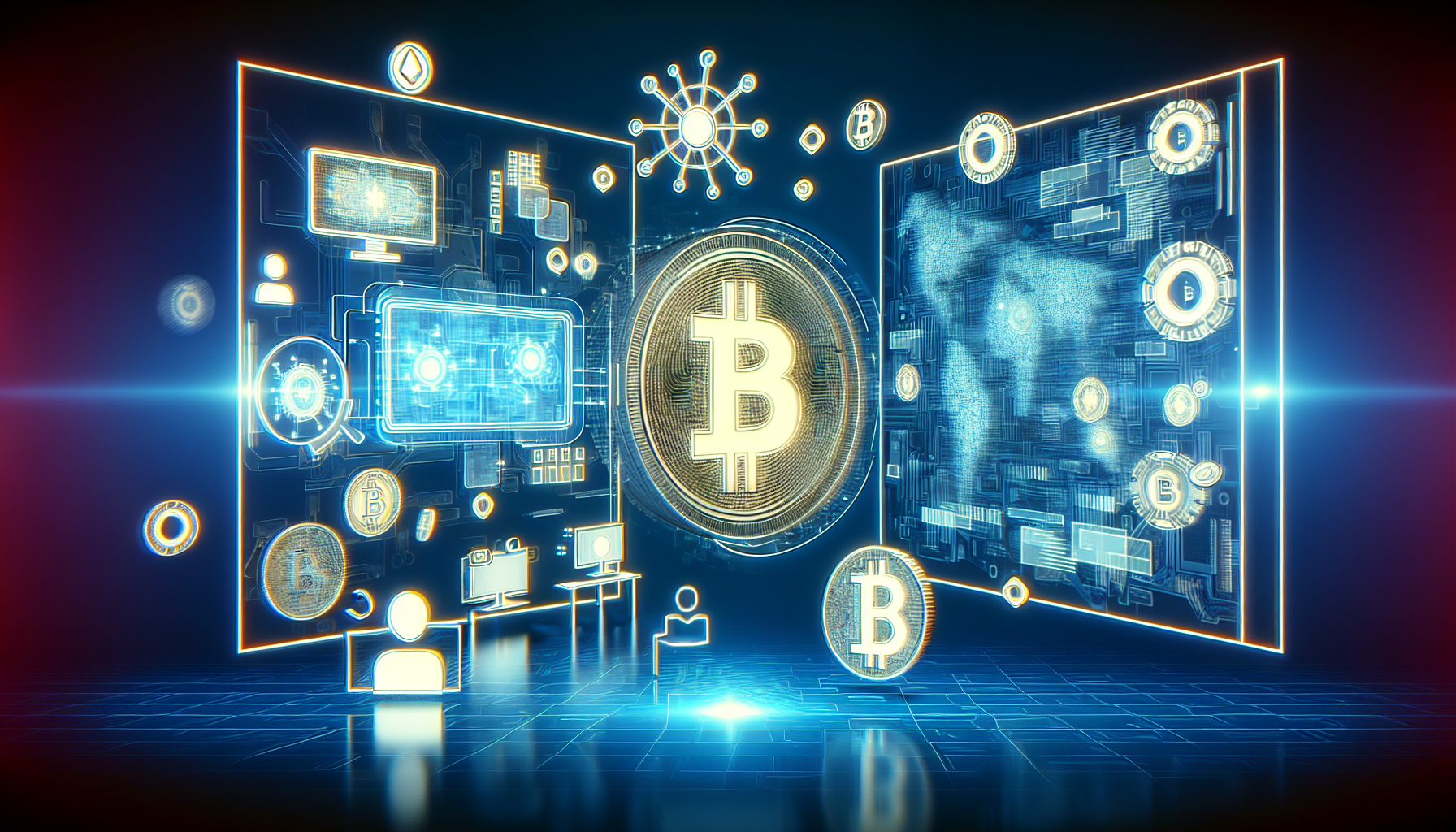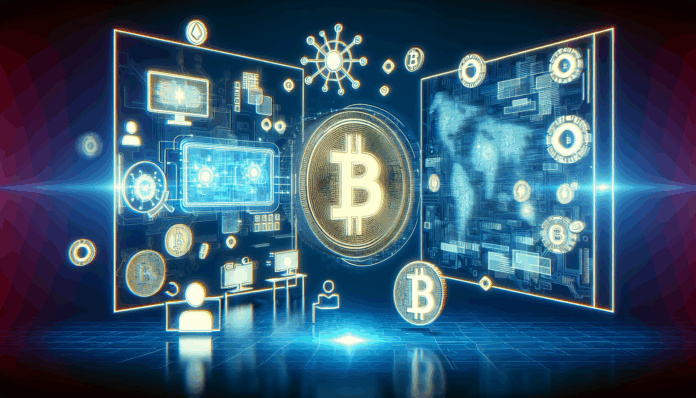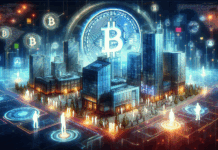Introduction: What Are AR NFTs?
Did you know that the global AR market is expected to reach $198 billion by 2025? With this booming technology, Augmented Reality (AR) NFTs are emerging as an innovative blend of immersive digital experiences and unique ownership. This article will explore how AR NFTs work, their applications, and what they mean for the future of digital currency transactions.
How Do AR NFTs Work?
AR NFTs combine blockchain technology with augmented reality, providing users with digital assets that can be viewed in the real world using CGI overlays. Think of AR as a way to enhance your experience in the physical world—like Snapchat filters but with NFTs that you can buy, sell, or trade. Here’s how it works:
- Blockchain Technology: AR NFTs are created and stored on a blockchain, ensuring authenticity and ownership.
- Creator Tools: Artists and developers use various tools to create AR content that can be minted as NFTs.
- Viewing Mechanism: Users need AR-capable devices to interact with these NFTs in their actual environments, such as smartphones or AR glasses.
Applications of AR NFTs in Digital Currency Trading
AR NFTs are not just a trend; they have practical applications in digital currency trading and beyond:

- Marketing Tools: Brands use AR NFTs to engage customers by creating virtual experiences tied to their products.
- Art and Collectibles: Artists can sell AR-enhanced digital art as NFTs, allowing buyers to showcase their acquisitions in the physical world.
- Games and Virtual Worlds: Gamers can own and trade AR NFT assets, which can change how we perceive value in digital economies.
Long-Term Prospects: The Future of AR NFTs
The potential growth of AR NFTs will likely influence several sectors including retail, entertainment, and real estate. Here are some key predictions for the future:
- The market for AR NFTs is predicted to expand as user engagement grows—looks like 2025 will be a pivotal year.
- Cross-platform integrations may allow users to manage and showcase their AR NFT collections effortlessly.
- As regulations around NFTs evolve, there will be more safety and compliance measures in digital currency trading.
Risk Considerations and Conclusion
However, like all digital investments, there are risks involved. Prices can be volatile, and there’s a potential for fraud in unregulated marketplaces. It’s crucial to remain cautious and consult local financial regulations before diving into AR NFTs.
To summarize, AR NFTs blend the allure of digital assets with real-world interactivity. As they continue to evolve, they may significantly transform the landscape of digital currency trading and the overall NFT market. Want to join the revolution? Start exploring AR NFTs today!
For further information, explore this crypto security guide to understand how to protect your digital assets.
Meta Description
Discover Augmented Reality (AR) NFTs, their working mechanism, applications in the digital currency market, and future trends.
Author: John Doe – A recognized expert in blockchain technology with over 15 publications in the field and a lead auditor for major NFT projects.




